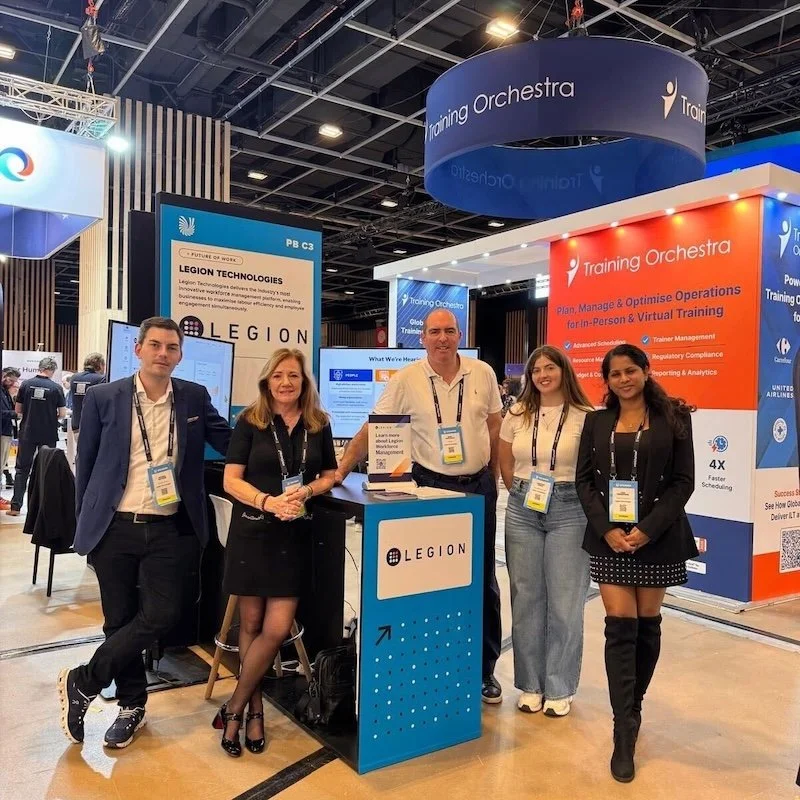How smart office solutions enhance productivity and collaboration in the modern workplace
The modern workplace is evolving rapidly, driven by technological advancements that streamline operations and foster better collaboration. Smart office solutions can integrate cutting-edge tools, automation, and connectivity to create an efficient and dynamic work environment. These innovations can help enhance productivity and improve employee engagement and satisfaction.
Read on to learn how smart office solutions can enhance productivity and collaboration in the modern workplace.
The Role of IoT in Smart Offices
The Internet of Things (IoT) is pivotal in modern workplaces by connecting smart devices and systems to optimise efficiency. Smart sensors can adjust lighting and temperature based on occupancy, reducing energy waste while maintaining comfort. Automated meeting room bookings, occupancy tracking, and predictive maintenance for office equipment can further minimise downtime and disruptions.
Additionally, IoT-enabled devices such as smart whiteboards and voice controlled assistants can streamline workflows. Employees can focus on high-value tasks instead of administrative hassles, leading to measurable productivity gains.
Given these situations, having a reliable internet service provider for business is essential as they can help ensure seamless connectivity for smart devices and real-time data sharing. Even the most advanced smart office tools would underperform without a robust internet infrastructure.
Cloud-Based Collaboration Tools
Cloud computing has revolutionized workplace collaboration by allowing teams to access files and applications from anywhere. Some platforms can enable real-time communication, file sharing, and project management. These collaboration tools include:
Instant Messaging & Video Conferencing: Smart office tools like instant messaging and video conferencing can eliminate communication lags, enabling real-time discussions. This immediacy can accelerate information sharing, allowing teams to make faster, more informed decisions without unnecessary delays.
Shared Workspaces: Cloud-based platforms enable real-time collaborative editing, ensuring all changes sync instantly across users. This can eliminate conflicting file versions, reduce errors, and streamline teamwork by keeping everyone on the same updated document.
Remote Accessibility: Cloud-based platforms enable real-time collaborative editing, ensuring all changes sync instantly across users. This can eliminate conflicting file versions, reduce errors, and streamline teamwork by keeping everyone on the same updated document.
By leveraging cloud solutions, businesses can remove geographical barriers, fostering a more inclusive and agile workforce.
AI and Automation for Efficiency
Artificial intelligence (AI) and automation transform mundane tasks into streamlined processes. Here’s how AI and automation can improve productivity and collaboration in the workplace:
Smart Scheduling: AI powered scheduling assistants can analyse participants' calendars to propose optimal meeting times instantly. By automating availability checks and sending confirmations, these tools can eliminate tedious email exchanges, saving significant time in administrative coordination.
Data Analytics: Advanced analytics tools track task completion rates and identify recurring process delays. By highlighting inefficiencies in real time, these systems can enable data-driven decisions to redistribute workloads and optimise team performance strategically.
Automated Reporting: Automated reporting systems extract, process, and format data without human intervention. This can eliminate tedious manual input, minimise errors, and free up valuable time for analysis and higher-value decision-making activities.
These technologies can minimise human error and save creative and analytical work time, enhancing overall efficiency.
Enhanced Security with Smart Systems
As workplaces become more connected, cybersecurity remains a top priority. Smart office solutions can incorporate advanced security measures such as the following:
Biometric Authentication: Biometric authentication and role-based access controls verify user identities through fingerprints, facial recognition, or security credentials. This multi-layered security approach can prevent unauthorised entry while strictly complying with data protection regulations.
Network Monitoring: AI-driven security systems continuously monitor network activity for anomalies, instantly flagging suspicious behaviour. Automated response protocols isolate threats before they escalate, maintaining business continuity while protecting sensitive organisational data from breaches.
Secure Cloud Storage: Multi-factor authentication can add extra security layers beyond passwords, requiring verification via mobile codes or biometrics. This can significantly reduce unauthorised access risks, ensuring sensitive company information remains protected against increasingly sophisticated cyber threats.
A secure digital environment fosters trust and allows employees to collaborate without concerns over data breaches.
The Impact on Employee Well-Being
Smart solutions for the office can also improve employee satisfaction by creating a more comfortable and flexible work environment. Ergonomic smart desks adjust height based on user preferences, while AI driven wellness apps remind employees to take breaks and stay hydrated.
Furthermore, below are some ways smart office solutions can improve employee productivity and collaboration:
Noise-Canceling Technologies: Sound masking systems can emit subtle background noise that blends with speech frequencies, making conversations less intelligible at a distance. This can also create acoustic privacy in shared workspaces while maintaining an open, collaborative environment.
Air Quality Monitoring: Smart air quality monitors can track CO2 levels, particulates, and VOCs in real-time, automatically adjusting HVAC systems accordingly. This can help maintain optimal oxygen flow while filtering pollutants, creating a healthier, more productive work environment for employees.
Flexible Work Arrangements: Cloud-based platforms and VPNs can enable secure access to company systems from any location. This flexibility allows employees to maintain productivity while choosing optimal office environments, fostering better professional and personal responsibilities integration.
Employees who feel supported and comfortable can significantly increase their engagement and productivity.
Conclusion
Smart office solutions are reshaping the modern workplace by integrating IoT, cloud computing, AI, and automation. These technologies can help enhance productivity, streamline collaboration, and improve security while promoting employee well-being. By keeping the information mentioned above in mind, organisations can create a more efficient, connected, and future-ready workforce.






























Continue reading…